Sega Genesis
Top 10 Best Sega Genesis Games of All Time!
Nintendo had a near-monopoly during the 8-bit era, but Sega took a sizable piece of the pie during the 16-bit generation. The Genesis was only moderately successful in Japan (where it was known as the Mega Drive), but its American counterpart disrupted the market. Supported by a library of arcade ports and sports sims, Sega was able to market the console as a more mature alternative to Nintendo’s offerings. Violent games like Mortal Kombat and Eternal Champions reinforced this image, and aggressive ad campaigns convinced legions of children that Sonic the Hedgehog was more mature than Mario. Western publishers like Electronic Arts put their full support behind the Genesis. Japanese publishers favored Nintendo, but the Genesis was still home to many great games from the likes of Capcom and Konami. It’s with good reason that the Genesis has the distinction of being Sega’s most successful console.
10
Earthworm Jim
1994
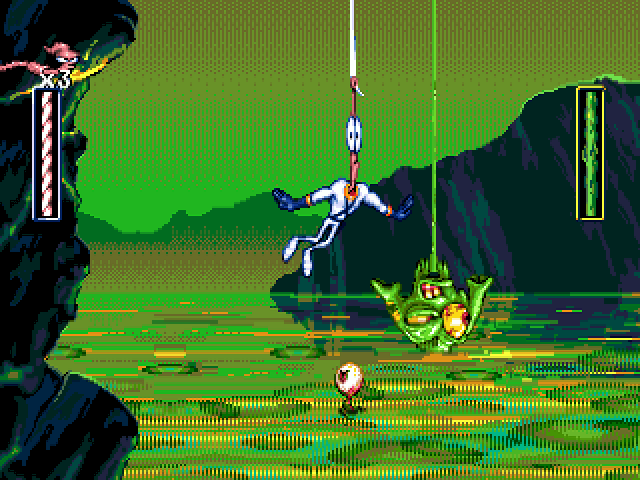
Earthworm Jim is a hilarious platformer that features amusing characters, smooth animations, a ridiculous setting, and a killer soundtrack. What really makes Earthworm Jim an incredible game is its unconventional level structure. Throughout the game, you’ll bounce off junkyard tires, launch cows into the stratosphere, ride on the back of a giant hamster, go bungie jumping with a string of mucus, and race a crow through an asteroid field. Some levels work better than others – I could have done without the underwater pod sequence – but you really have to appreciate the creativity. It should be noted that the Genesis version is superior to its SNES brother in several ways. Although not as colorful as the SNES version, the higher resolution of the Genesis allowed for sharper visuals and a larger viewing area. This meant that fewer “blind jumps” were necessary on the Genesis because you could effectively see further ahead. The Genesis version also contained better graphical effects in some areas and an entire stage that was missing in action on the SNES. Surprisingly, the music sounded cleaner on Sega’s console too. All in all, Earthworm Jim is a creative game that represents everything that was great about the 16-bit era.
9
Rocket Knight Adventures
1993
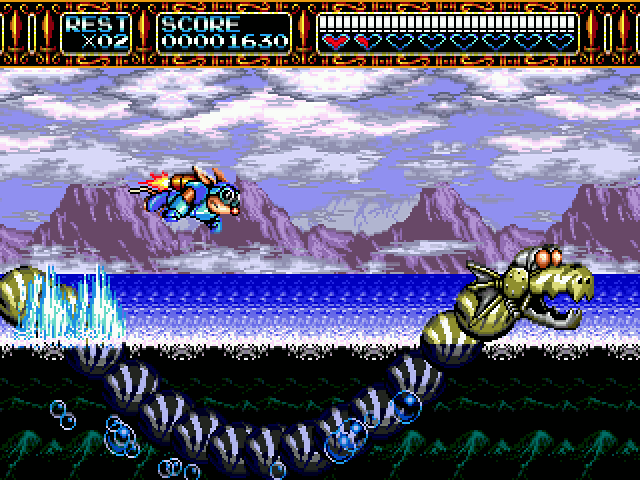
Wacky animal mascots have always been a staple of animation, so it was only natural for them to play a prominent role in the video game world as well. While animal mascots in games date back to the days of Donkey Kong, the popularity of Sonic the Hedgehog acted as a catalyst for animal mascots of the obnoxious variety. In the years that followed the release of Sonic, gamers were introduced to the likes of Bubsy the Bobcat, Rocky Rodent, and Awesome Possum. Needless to say, Konami’s Rocket Knight Adventures was a breath of fresh air. The game stars a lovable opossum knight named Sparkster who fights an army of robots and pigs. Sparkster is armed with a sword and equipped with a rocket pack that allows him to fly for brief periods of time. This rocket pack plays a big role in the game, and is used as both a means of reaching new heights and as a method of attack. There is tremendous variety in the levels. Throughout the course of the game, Sparkster will latch onto tree branches with his tail, catch a ride on a runaway trolley, and jump in a giant pig mecha to fight a rival rocket knight. Rocket Knight Adventures sold well enough to warrant two more games, but it never seemed to get the respect it so rightfully deserved.
8
Thunder Force III
1992
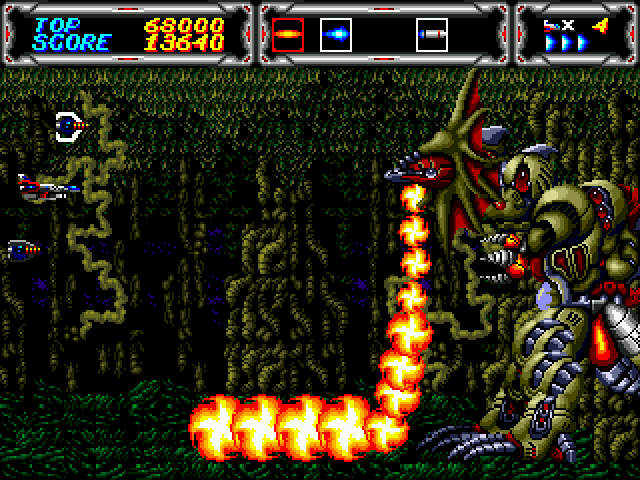
Thunder Force III took the series in a new direction by abandoning the free-roaming overhead levels of its predecessor and focusing instead on intense horizontal scrolling gameplay. Like most great shooters, Thunder Force III contains cool power-ups, large bosses, and a cheesy story. This isn’t to say it doesn’t offer anything in the area of innovation though. The ability to change the speed of your ship on the fly is extremely useful and adds to the playability. Although there are only six stages, they are all completely different from one another and have distinct themes. The game’s environments can become as deadly as the enemy ships, and you will be forced to navigate through tight corridors and avoid crashing into your surroundings. From a technical standpoint, Thunder Force III is one of the most impressive games on the Genesis and looks, sounds, and plays better than its SNES counterpart. Highlighted by stunning parallax effects, Thunder Force III was arguably the best looking Genesis game until its sequel was released two years later.
7
Shinobi III: Return of the Ninja Master
1994
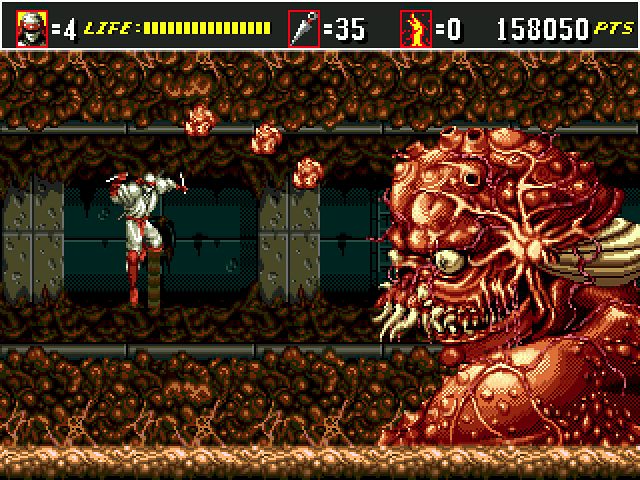
Revenge of Shinobi was one of the first killer apps released on the Genesis, and Shinobi III: Return of the Ninja Master improved upon its predecessor in several meaningful ways. The graphics are some of the best seen on the Genesis, the soundtrack is nothing short of incredible, and the controls are a lot more responsive than previous Shinobi titles. Most of the abilities from Revenge were carried over – including the trademark mid-air somersault – but the addition of dash attacks, wall jumps, and a flying dropkick set the stage for a decidedly faster game. The ability to block attacks is another great inclusion, and it adds a strategic element to the series. As you progress through the game, you’ll work your way through a variety of stages that range from forests to factories. One stage has the ninja master fending off foes on horseback, and the game borrows from Ninja Turtles with entire levels that take place on motorized surf boards! The enemies are quite memorable, too. You won’t find copyright infringing bosses like Spider-Man or Batman this time around, but you’ll come face to face with Mechagodzilla and encounter a screen-filling boss who rises from the ground in a Kraid-like fashion. Shinobi III was initially slated for a 1992 release, but Sega delayed it for over a year in order to implement several improvements. The extra effort is immediately apparent, and Shinobi III stands as one of the greatest ninja video games ever created.
6
Castlevania: Bloodlines
1994
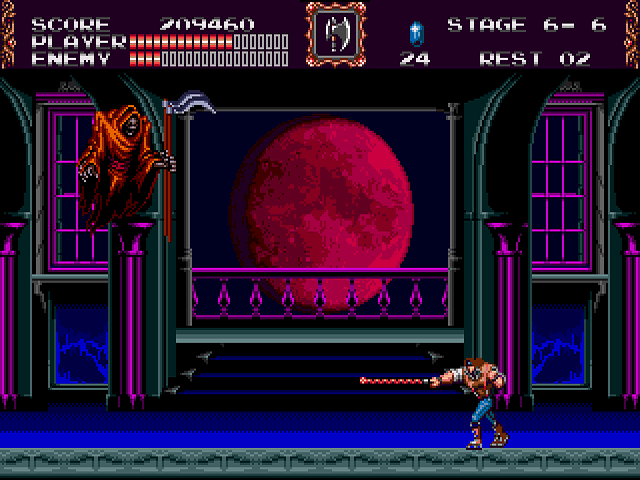
Castlevania‘s only appearance on a Sega console is a great addition to the series. The game is decidedly more gory than previous Castlevania games, but what really makes it stand out is the fact that players have two characters to choose from. John Morris is the typical whip-wielding vampire hunter that the series is famous for, while Eric Lecarde arms himself for a spear. Naturally, each character has unique abilities. John can use his whip to swing from ceilings while Eric can attack in multiple directions or use his spear to vault himself into the air. The characters share the same set of sub-weapons, although each has a unique special attack to obtain once they reach a certain level. Bloodlines attempts to bridge the Castlevania series with Bram Stoker’s Dracula novel and makes references to characters from the book. Set in Europe at the outbreak of the first World War, its levels are among the most creative in the entire series. Our heroes will outrun rising waters in an ancient Greek shrine, work their way to the top of the Leaning Tower of Pisa, and fight an army of skeleton soldiers in a German munitions factory. Things get even stranger in later stages. One area is played upside down while another has a “shattered mirror” motif in which the screen appears to be distorted. The enemies are almost as strange as the levels are, especially the unusually gangly Frankenstein monster and a peculiar boss made out of cogs and gears. Even Death himself is a little more bizarre in this game, and is decked out in an bright orange cloak instead of the usual dark colors. Despite its quirks, Bloodlines still feels like Castlevania, and it’s easily one of the best action games on the Genesis.
5
Streets of Rage 2
1992
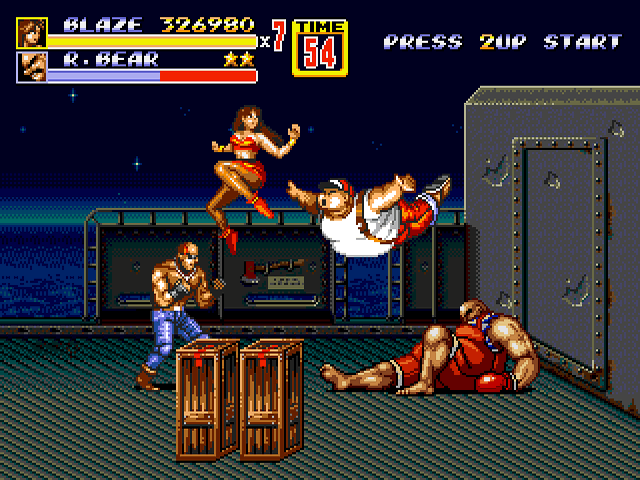
In an era where beat ’em ups were king, Sega’s take on Final Fight stood out as one of the best. Streets of Rage II improves leaps and bounds over its predecessor and features larger characters, better animation, more detail in the background, and no slowdown whatsoever. The soundtrack was a lot better too and ranks among the best on the Genesis. Like pretty much every other game in the genre, Streets of Rage 2 pits players against an eclectic mix of street thugs as they work their way through a variety of stages. Ultimately, the variety in the characters puts this game in a class of its own. Depending on which character you choose, you’ll be able to attack your foes with leg sweeps, shoulder tackles, spinkicks, atomic drops, German suplexes, and a plethora of other devastating moves. Not only do the four selectable characters each have their own movesets and special maneuvers, but they also have different attributes of stamina, strength, speed, technique, and jumping ability. The characters even have different ways of using weapons! Streets of Rage II is still a blast (especially with a second player) and I’m happy that the series is still going strong.
4
Street Fighter II’ Special Champion Edition
1993
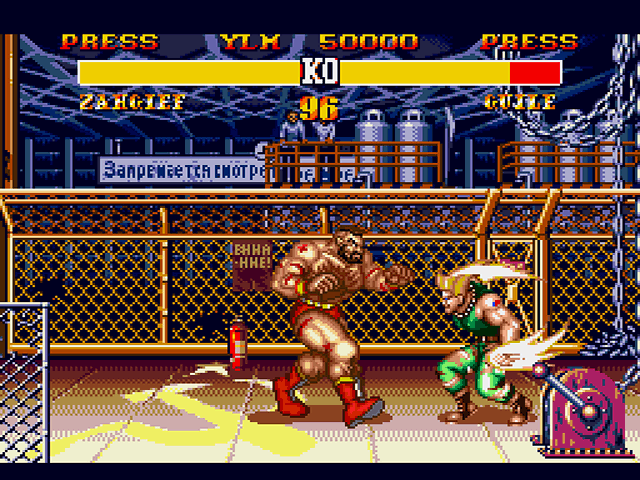
Street Fighter II was the best-selling third-party title ever released on a Nintendo platform and one of the most important arcade ports of all time. Genesis owners had to wait a while, but Capcom eventually released a special version of the game exclusively for them. Special Champion Edition improved upon the original release of Street Fighter II in several ways and was comparable to the Turbo version that was released on the SNES. All twelve characters from the arcade were playable, the game featured adjustable speed settings, and some modes allowed super moves to be performed in mid-air. Special Champion Edition also has exclusive features not seen in other versions – including a five-on-five “Group Battle” mode and the option to disable individual special moves in Versus Mode. In order to ensure that the game would remain faithful to the arcade version, Sega even unveiled a six-button controller to coincide with the game’s release. Special Champion Edition looked washed out compared to its SNES counterparts and sounded significantly worse, but the game played like a dream and was the best fighting game on the Genesis by a Roman mile. Unfortunately, the game never seemed to get the respect it deserved. The game was released mere weeks before Mortal Kombat hit store shelves and many Genesis owners chose controversial violence over idyllic gameplay.
3
Contra: Hard Corps
1994
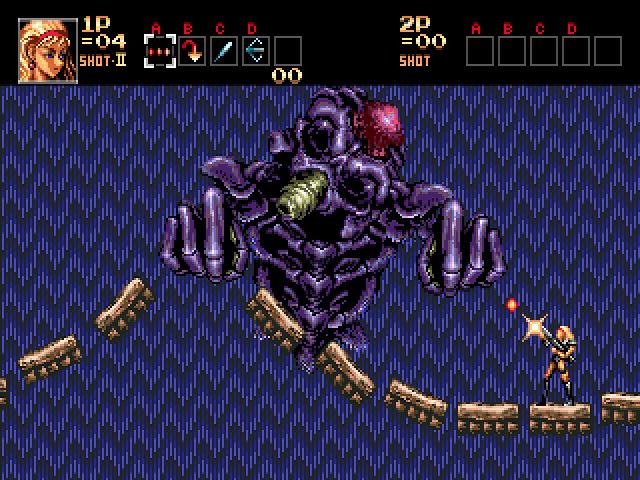
The biggest difference between Hard Corps and previous Contra games is that it features more selectable characters. In addition to the archetypal commando, players can also choose a combat robot, a wolf-human cyborg, or a blonde chick. The characters each have their own set of weapons to obtain and unique advantages over one another. For example, the robot can hover for brief periods of time, the wolfman gets to wear awesome sunglasses, and the woman is probably pretty good at cooking and cleaning. Hard Corps is centered around the fast-paced run-and-gun gameplay that the series is known for, but its even more intense than its predecessors. The game is constantly throwing you curve balls and you can never be sure what to expect next. One moment, you’ll be racing down a futuristic highway on the back of a jet bike; and the next thing you know, your jet bike will suddenly transform into a bipedal mechanical ostrich! The intensity of the boss battles may have even topped those of Contra III, and Konami took a page out of Treasure’s playbook with stages that are comprised nearly entirely of extended boss battles. Unfortunately, the American version of Hard Corps is a little bit too hardcore, and the difficulty borders on the ridiculous. The Japanese version of the game grants players three hits per life and contains cheat codes that allow the player to start with 70 lives or all of their weapons. In the American version, every hit is fatal and all the cheat codes are removed. Despite its notorious difficulty, Hard Corps is still a fantastic title that pushed the Genesis like few games could.
2
Sonic the Hedgehog 2
1992
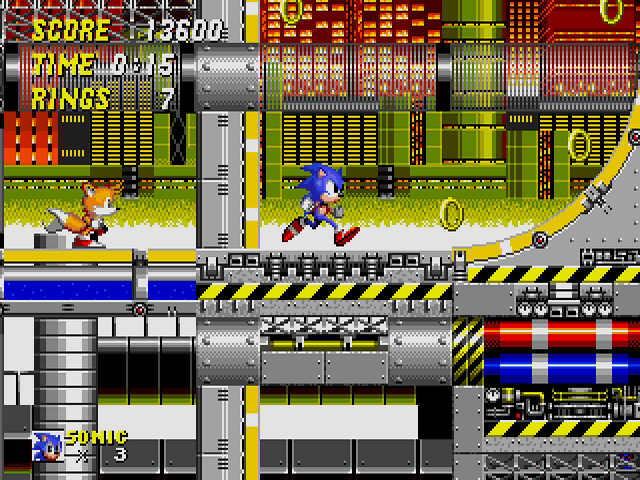
Sonic the Hedgehog is the most important Genesis game of all time, but the sequel improved upon it in many ways. The levels were more elaborate, for example, and the new “spin dash” maneuver made the game feel even faster than its predecessor. It also introduced a multiplayer component and featured one of my favorite soundtracks on the Genesis. The first iteration of this list recognized Sonic 3 & Knuckles (in it’s complete form) as the best in the series, and it was an easy argument to make. The stages were way longer, the graphics were more detailed, and the option to play as either Sonic or Knuckles made the game feel more interactive. The new save feature was the most significant addition, and it was nice to finally have a way to replay your favorite levels without having to start from the beginning each time. Even though Sonic 3 & Knuckles is a longer and more robust game, Sonic 2 is the one I find myself going back to. Its stages are the perfect length, and they’re consistently enjoyable. Some of the labyrinthine levels in Sonic 3 & Knuckles wear out their welcome, and they have an added layer of complexity that somehow makes them less fun to explore. All of the mainline Sonic games should be consider “must buy” titles, but the benefit of time has helped me realize that Sonic 2 is the most balanced (and replayable) game in the series.
1
Gunstar Heroes
1993
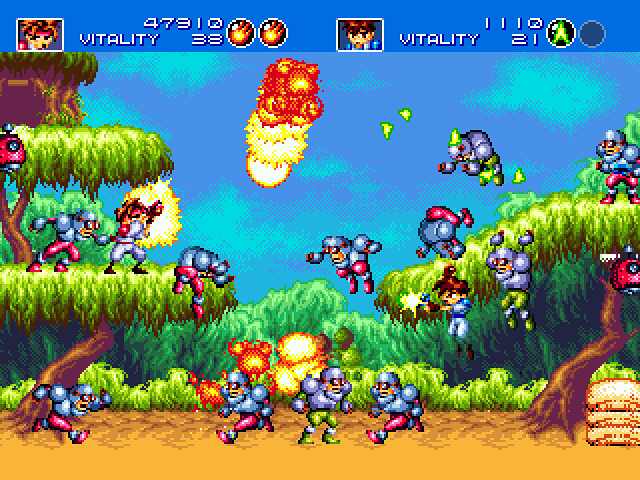
Founded by a rogue group of Konami employees who worked on Contra III, Treasure immediately put themselves on the map with the release of Gunstar Heroes. The Contra influences are obvious from the very beginning in this intense action game, but an element of comedy is added to the mix allowing for more varied gameplay. In addition to basic running and shooting, Gunstar Heroes lets you kick, throw, and bodyslam your enemies. Better yet, if the second player gets in your way you can throw them around too! Every stage offers something completely unique. Whether you’re blasting away a barrage of M. Bison clones on a train or playing board games with one of your enemies, Gunstar Heroes simply refuses to be governed by any conventional rules of game design. Aesthetically speaking, the game looks almost as intense as it plays. With vibrant and colorful backgrounds, countless enemies to contend with, and incredible boss battles, Gunstar Heroes never fails to impress. You are simply not going to find another game on the Genesis that looks or plays this good.

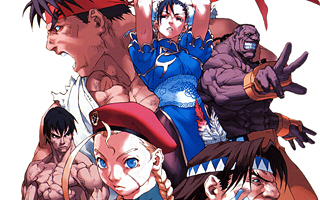
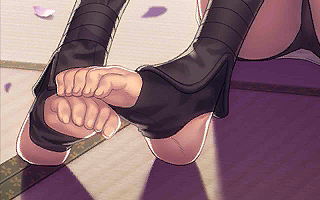
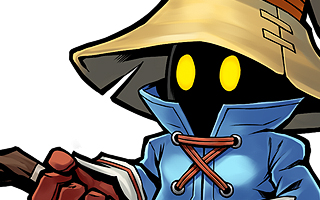
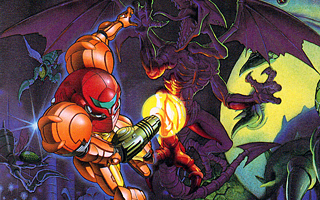
Do you agree with this list? Let us know what you think by leaving a comment below. Your opinion matters!